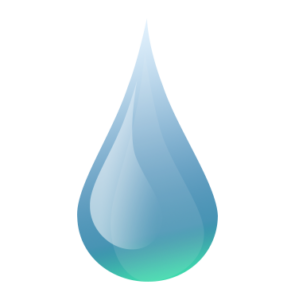Aeration removes odour and tastes due to volatile gases like hydrogen sulphide and due to algae and related organisms. Aeration also oxidise iron and manganese, increases dissolved oxygen content in water, removes CO2 and reduces corrosion and removes methane and other flammable gases.
Principle of treatment underlines on the fact that volatile gases in water escape into atmosphere from the air-water interface and atmospheric oxygen takes their place in water, provided the water body can expose itself over a vast surface to the atmosphere. This process continues until an equilibrium is reached depending on the partial pressure of each specific gas in the atmosphere.
Types of Aerators
- Gravity aerators
- Fountain aerators
- Diffused aerators
- Mechanical aerators
Gravity Aerators (Cascades) : In gravity aerators, water is allowed to fall by gravity such that a large area of water is exposed to atmosphere, sometimes aided by turbulence.
Fountain Aerators : These are also known as spray aerators with special nozzles to produce a fine spray. Each nozzle is 2.5 to 4 cm diameter discharging about 18 to 36 l/h. Nozzle spacing should be such that each m3 of water has aerator area of 0.03 to 0.09 m2 for one hour.
Injection or Diffused Aerators : It consists of a tank with perforated pipes, tubes or diffuser plates, fixed at the bottom to release fine air bubbles from compressor unit. The tank depth is kept as 3 to 4 m and tank width is within 1.5 times its depth. If depth is more, the diffusers must be placed at 3 to 4 m depth below water surface. Time of aeration is 10 to 30 min and 0.2 to 0.4 litres of air is required for 1 litre of water.
Mechanical Aerators : Mixing paddles as in flocculation are used. Paddles may be either submerged or at the surface.

